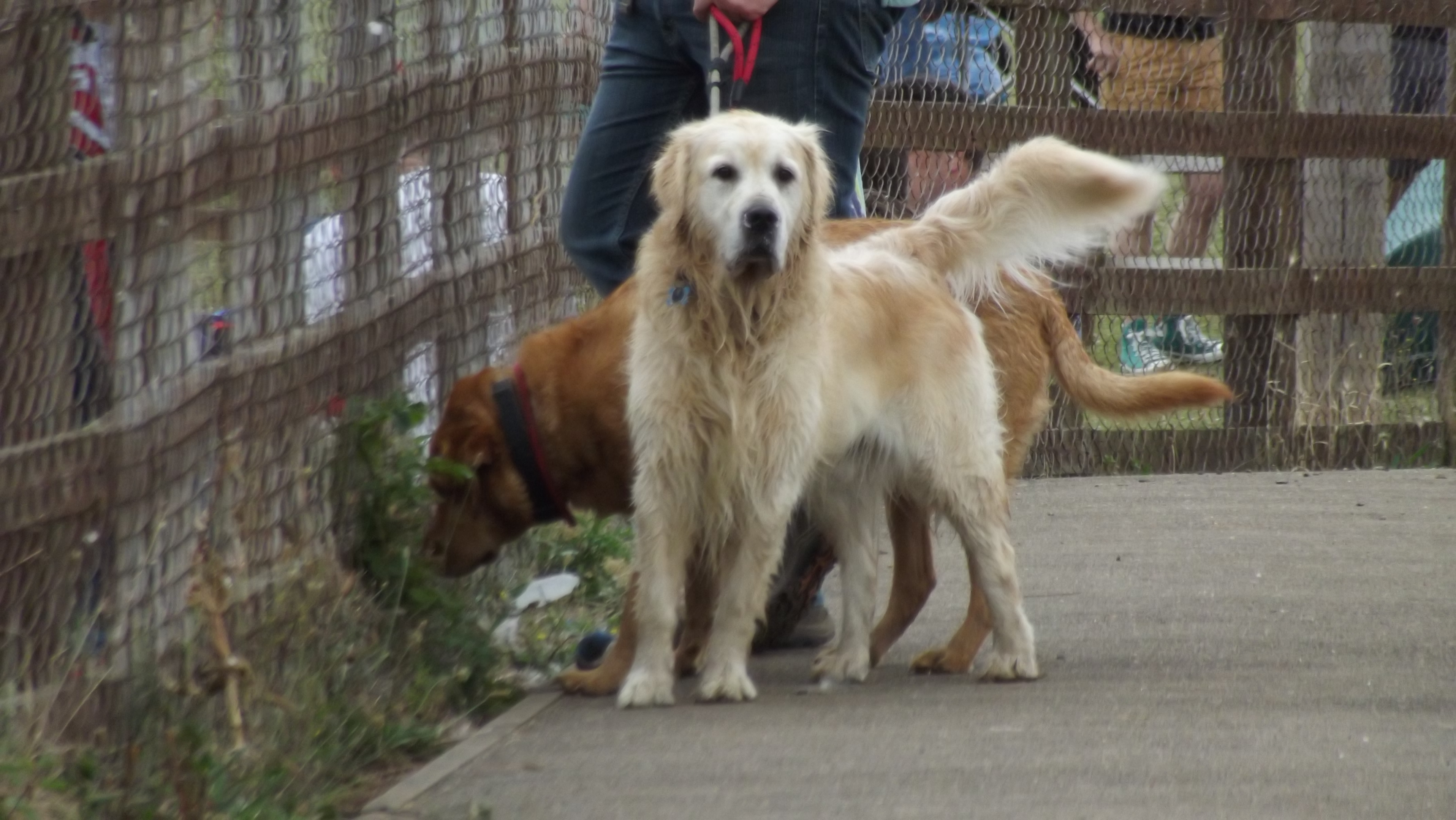Pets are so popular as a subject matter, and that’s fine with me as I always love the chance to work with a new pup. Reference material is so important and I prefer to take the photos myself wherever possible to get a sense of their character and form in person.
However, taking photos of dogs can be unpredictable – they’re so energetic and obviously have a mind of their own. Here are some tips I have learned:
Probably the biggest thing to remember is don’t try to get the perfect dog photograph – this is not award winning stuff! If you do get this holy grail image then BONUS, but using the below tips you will get something equally as good – you might even be pleasantly surprised. Meanwhile, think about the following:
1) THE DOG: You’d be surprised how often this is overlooked. It sounds obvious but it is easy to forget that he image is about the DOG – so forget the background, we don’t want a pin sized dog in the photography, the dog needs to be the main event! So make it so. The amount of times that I get an image across where the dog is floating in a sea of grass or a dot on the landscape. Lovely – but we want to see the detail of the fur, the colour of the eyes and so on.
2) BACKGROUND: First you want to make sure that there is nothing too ‘busy’ in the background or disturbing the dog’s shape. Can you take the photograph against the grass, or against a cleanly-shaped plant or background like a wall or tarmac? This will provide a ‘blank canvas’ to concentrate on seeing the shape of the dog. There’s no point in having the dog hiding half way behind a tree for example.
3) MOVEMENT: You want to be able to see their tail, possibly even wagging (as it wags you’ll probably get one photo ‘tail-down’ and one ‘tail-up’ so worth taking a couple on quick succession!) That said, you want the image not to be too blurry so check before you wrap the photoshoot up that the image is crisp and clean.
4) POSE: Have a selection of treats and balls ready, make the dog(s) ‘sit’ and wait for the treat or ball. Owners generally have this routine down-pat and so are the best people to be able to handle this situation. The upshot is that this gives enough time to take a few snaps.
5) COMPOSITION: Is it a double portrait? If so, it is best to have a single image with both in to work from. It sounds corny but the energy and composition works best when it is from a single picture (the same with people). This sounds horrendous, right? Well easier than it sound. Dogs generally like hanging out with each other. For this single photograph, try to have the two dogs focusing in the same direction. To do this, maybe someone behind the scenes is holding a stick ready to throw. This often concentrates the dog’s mind (for a second) and will make for a lovely composition.
6) LOCATION: Taking a picture of the dog outside in the grass or in the woods is best because the lighting is natural and will reflect your dogs coat and eyes. The colour balance will be better than if the picture was taken indoors. Also the dog’s demeanour might be happier and more energised which will be easier for you.
7) LOCATION LOCATION: It might be easier just to do it on a routine walk rather than making a fuss about doing a specific photoshoot. Not only is it familiar surrounds, but the dogs don’t play up as much as they are in their natural habitat.
8) CONTROL: If all else fails we find that putting dog tv on such as ’10 puppies and me’, ‘Beethoven’ or ‘Supervet’ mesmerises the dog, giving you enough time to snap a few pictures of them in comatose state. Seriously, this WORKS!
9) LAST RESORT: If all else fails, you might have to capture them asleep…….



